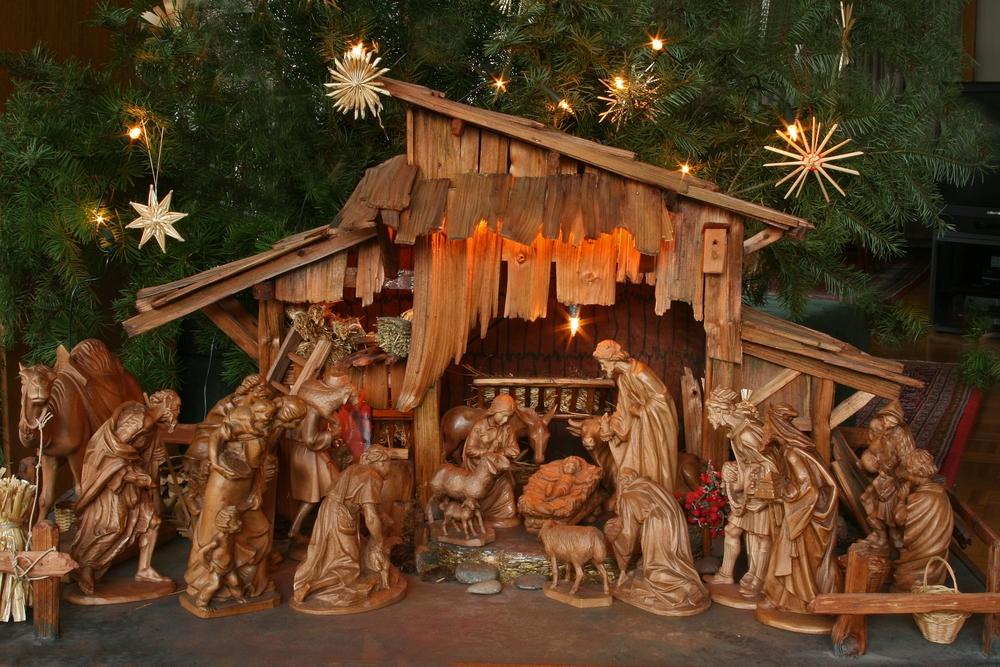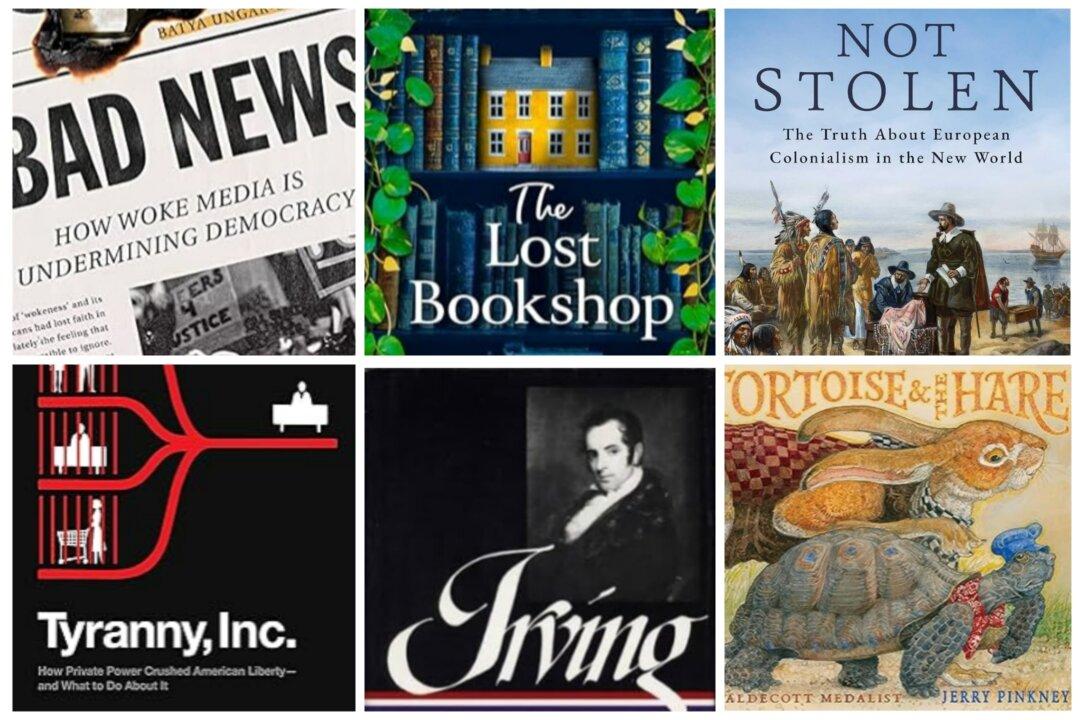Fantasy fiction is not new.
Published in 1937 to wide critical acclaim, “The Hobbit” by J.R.R. Tolkien introduced readers to home-loving Bilbo Baggins. Bilbo’s quest takes him from his familiar rural surroundings to much more sinister territory.
British author C.S. Lewis created “The Chronicles of Narnia,” a series of seven fantasy novels published in the early ’50s. Children play a critical role as they are transported to the fictional realm of Narnia, a world of magic, mythical beasts, and talking animals.

‘Mountain Folk’
Author John Hood’s “Mountain Folk” tells the story of America’s founding but combines it with a twist of folklore and fantasy. Fairies, dwarfs, an enchanting water maiden, and nightmarish monsters play pivotal roles.If you are not a fairy fan, this may not be the read for you. It’s not a quick read and may be rather arduous at times when yet another mythical being or legendary creature makes an appearance.
However, from a historical perspective, there is nothing imaginary about the real-life characters and events that Hood describes, particularly as the colonists are gearing up for their break from Britain. Readers will be reminded of the role that Native American tribes played in the conflict. Some tribes sided with Britain and others with the colonists.
The Marquis de Lafayette (1757–1834), an aristocrat and military officer, is a strong ally. The French fought with the colonists against the British during the Revolutionary War.
While there is much legend surrounding the life of Daniel Boone (1734–1820), he was an actual famous frontiersman who knew George Washington (1732–1799). When Washington was a young militia leader, Boone serves as a wagoner carrying supplies and men as needed.
In Hood’s novel, Boone is gifted with the “Sight,” meaning that he is able to see and interact with the many magical creatures that live alongside the humans—mostly undetected. Goran, a sylph fairy ranger, befriends Boone and helps him thwart danger on many occasions.
Among the many soldiers who fought in the American Revolutionary War was Isaac Shelby (1750–1826), who later became the first and fifth governor of Kentucky. He also served in the state legislatures of Virginia and North Carolina. Shelby, an expert woodsman and surveyor, played a crucial role in gathering supplies for the Continental Army.
In the book, Shelby joins forces with John Sevier (1745–1815), another frontiersman and soldier, leading expeditions over the Appalachian Mountains against British forces in North Carolina. Known for his heroism, he plays a pivotal role in the British defeat at the Battle of King’s Mountain. In the book, Shelby also has the “Sight” and is aided by a water maiden named Dela.
Like Lafayette, Baron von Steuben (1730–1794) is another foreign fighter who joins the cause for American independence. A Prussian officer and strict disciplinarian, von Steuben trained the demoralized soldiers at Valley Forge, boosting their skills and confidence.
Suspending Our Disbelief
“Mountain Folk” is Hood’s first work of fiction. His other writings center on economics and political history. The book spans several decades from 1751 to 1791, but the main focus is the American Revolutionary War, which lasts eight years from 1775 to 1783.His retelling of this period in American history by incorporating fairies, dwarfs, and nightmarish monsters like Stoneclad and Hellhound adds a whole new dimension.
Hood doesn’t miss the chance to present challenges to his fairy folk, as they grapple with their decisions as whether to help or hinder the Americans’ cause for liberty. Goran will ultimately have to choose between duty to his Rangers Guild and loyalty to his human friends who hold their principles dear.
While certainly there is suspension of disbelief when reading a book of fantasy fiction, there is also the underlying historical narrative that sparks curiosity and admiration about the cast of characters who so elegantly and effectively connected to create this country.
That is a fascinating tale with or without fairies.






